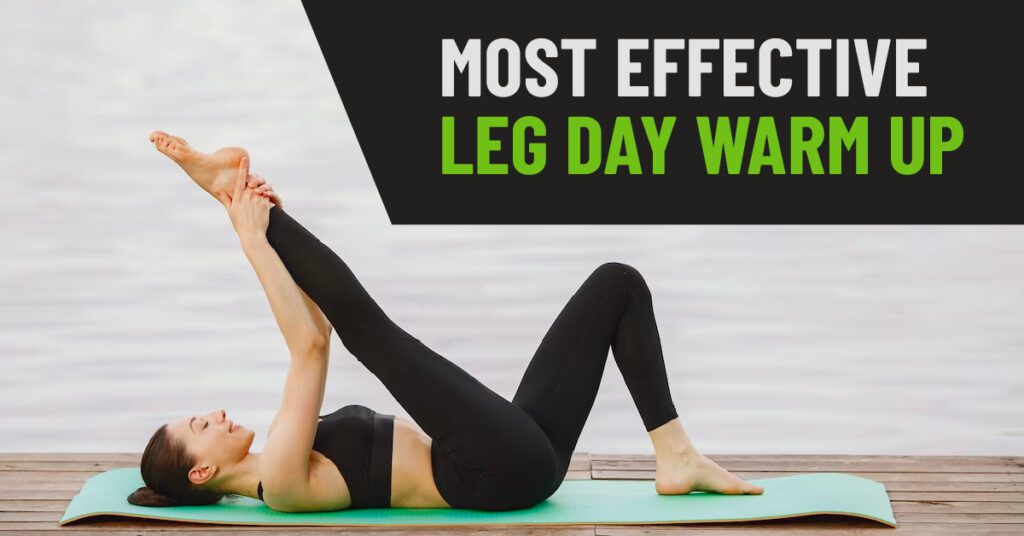Arnold Press vs Shoulder Press: Which Builds Better Shoulders?

Also available in
The debate over the Arnold Press vs Shoulder Press remains pivotal in the realm of shoulder-focused workouts. These exercises offer distinct advantages, targeting the deltoid muscles and aiding in overall shoulder development. Understanding the differences between these exercises is crucial for maximizing your workout routine and achieving your fitness goals.
In this blog post, we will learn about the differences between these exercises, the muscles they work, their pros and cons, and which exercise is better for you.
Arnold Press
The Arnold Press is a shoulder exercise named after bodybuilding legend Arnold Schwarzenegger. It is renowned for its versatility and effectiveness in targeting various shoulder muscles.
How To Do Arnold Press
Starting Position: Begin by sitting on a bench or standing upright with a pair of dumbbells held at shoulder level. Ensure your palms face towards you, and your elbows are slightly bent.
Execution: As you lift the dumbbells, simultaneously rotate your wrists outward so that your palms face forward at the top of the movement. Extend your arms overhead while keeping a controlled motion.
Rotational Movement: The distinctive feature of the Arnold Press is the rotational movement. This rotation occurs as you press the weights upwards, engaging different parts of the shoulder muscles.
Full Extension: Aim to extend your arms fully overhead without locking your elbows. This extension allows for maximum engagement of the shoulder muscles.
Benefits of Arnold Press
Range of Motion: The Arnold Press involves a broader range of motion compared to other shoulder exercises. This comprehensive movement targets the front, side, and rear deltoid muscles.
Muscle Activation: The rotational movement activates various shoulder muscles, leading to more balanced development and improved muscle activation.
Shoulder Stability: Regular practice of the Arnold Press contributes to enhancing shoulder stability, which is crucial for overall shoulder health and injury prevention.
Functional Strength: Engaging multiple shoulder muscles simultaneously during this exercise aids in developing functional strength, benefiting daily activities and athletic performance.
Arnold Press Muscles Worked
- Front Deltoids: Engaged during the upward motion.
- Side Deltoids: Activated during the outward rotation.
- Rear Deltoids: Support and stability throughout the exercise.
Arnold Press Pros
- Muscle Activation: Engages various shoulder muscles simultaneously, promoting balanced development.
- Versatility: Offers a versatile workout by targeting different shoulder areas with one exercise.
- Functional Strength: Aids in enhancing shoulder stability and functional strength due to varied muscle engagement.
Arnold Press Cons
- Complexity: Requires proper form and control to execute the rotational movement effectively.
- Weight Limitation: Might have limitations in the amount of weight lifted due to the rotational nature.
Check this: Shoulder Dumbbell Workout – How to Develop Bigger Shoulders?
Shoulder Press
The Shoulder Press also known as the Overhead Press, involves lifting a barbell or dumbbell from shoulder height to an overhead position.
How To Do Shoulder Press
Starting Position: Begin either seated or standing with a barbell or dumbbell at shoulder height. Ensure a grip slightly wider than shoulder-width apart for barbells.
Execution: Lift the weight upward, extending your arms fully without locking your elbows. Keep your core engaged and maintain a stable base throughout the movement.
Full Extension: Push the weight overhead until your arms are straight but not locked. Control the descent as you lower the weight back to the starting position.
Benefits of Shoulder Press
Front Deltoid Focus: The primary target is the front deltoid muscles, aiding in developing shoulder strength and size.
Secondary Muscles Engaged: While focusing on the shoulders, the triceps and upper chest muscles also come into play, contributing to a well-rounded upper body workout.
Upper Body Strength: Shoulder Press helps in enhancing overall upper body strength, particularly in the shoulders and arms.
Joint Stability: Regularly performing Shoulder Press exercises can improve shoulder joint stability, essential for various daily activities and sports.
Shoulder Press Muscles Worked
- Primary Muscle: Front Deltoids
- Secondary Muscles: Triceps, Upper Chest Muscles
- Support and Stability: Engages various other shoulder muscles for stability
Shoulder Press Pros
- Front Deltoid Emphasis: Effectively targets and develops front deltoids for shoulder strength.
- Stability: Contributes to shoulder stability and upper body strength.
- Ease of Execution: Simpler movement pattern, making it easier to perform with heavier weights.
Shoulder Press Cons
- Limited Muscle Engagement: Lacks the comprehensive engagement of multiple shoulder muscles seen in the Arnold Press.
- Potential Imbalance: Focuses primarily on front deltoids, potentially leading to muscle imbalance if not balanced with other exercises.
Arnold Press vs Shoulder Press: Which is Better?
Deciding between the Arnold Press and Shoulder Press depends on individual preferences and specific fitness objectives. The Arnold Press stands out for its ability to engage multiple shoulder muscles through its rotational movement, offering a more comprehensive workout across the shoulder region. In contrast, the Shoulder Press excels in targeting the front deltoids with a more straightforward movement pattern. Ultimately, the choice between the two exercises hinges on whether one seeks a versatile workout involving various shoulder muscles (Arnold Press) or prefers a more direct focus on front deltoid development (Shoulder Press). Incorporating both exercises into a routine can provide a well-rounded approach to shoulder strength and development.
Difference between Arnold Press and Shoulder Press
The fundamental contrast between the Arnold Press and Shoulder Press lies in their execution and muscle engagement. The Arnold Press incorporates a rotational movement during the pressing action, involving a broader range of shoulder muscles, including the front, side, and rear deltoids. Conversely, the Shoulder Press follows a more direct upward pressing motion, predominantly emphasizing the front deltoids with limited engagement of other shoulder muscles.
This difference in movement mechanics results in the Arnold Press offering a more comprehensive workout across various shoulder areas, while the Shoulder Press specifically targets the front deltoids with a simpler movement pattern.
Conclusion
Choosing between the Arnold Press and Shoulder Press boils down to personal fitness objectives and preferences. Both exercises offer distinct advantages in sculpting impressive shoulder muscles and enhancing overall upper-body strength. Mastering proper form, gradually increasing weights, and maintaining consistency are fundamental for reaping the benefits of these exercises.
Drop a comment sharing your thoughts on the Arnold Press vs Shoulder Press comparison. And if you found this article helpful, spread the knowledge by sharing it with your workout buddies!






